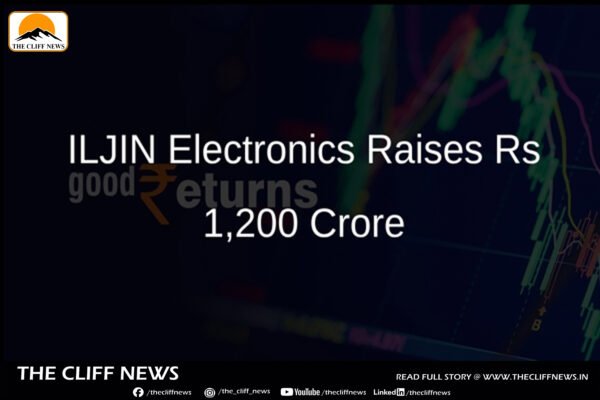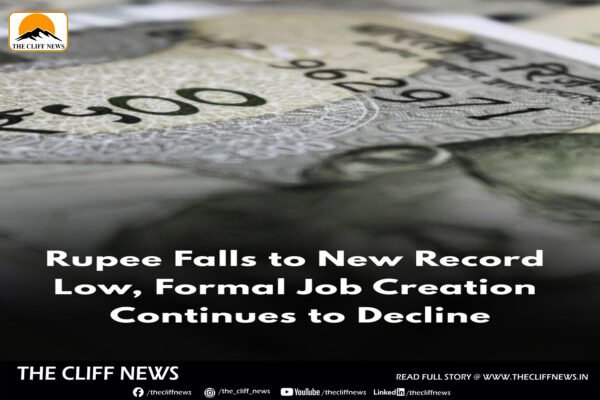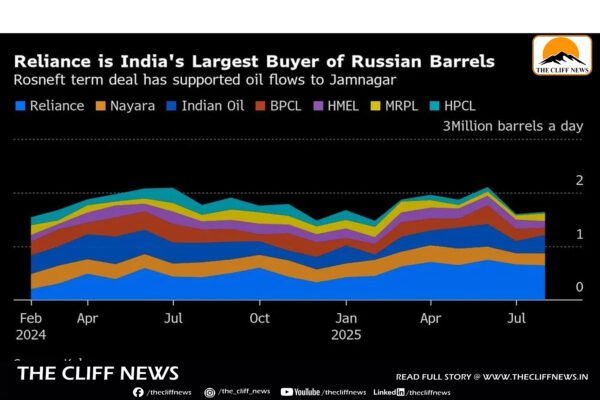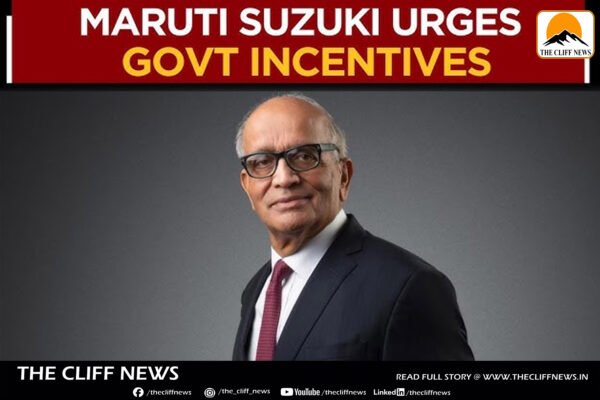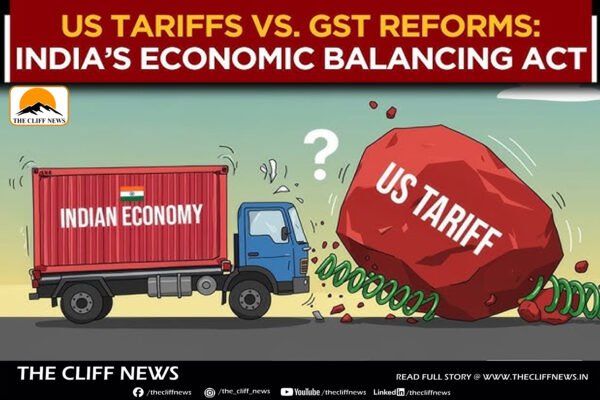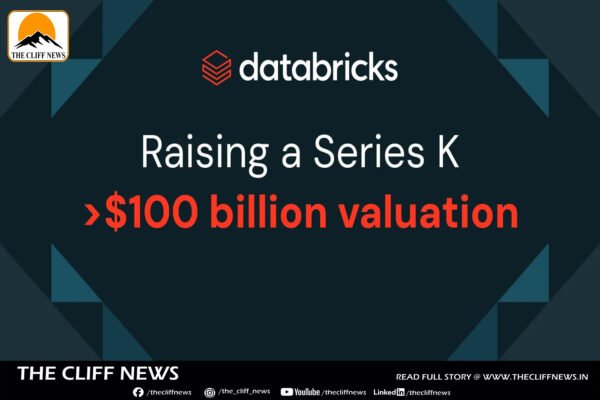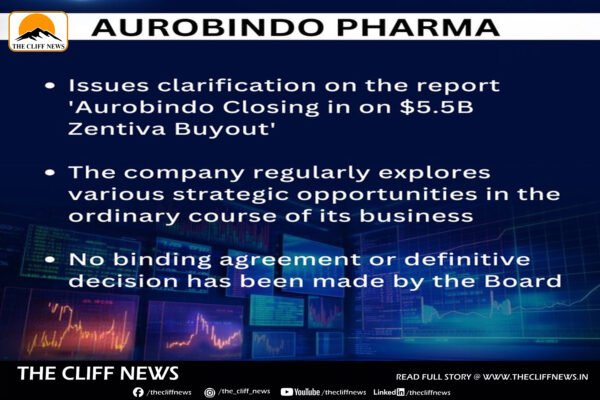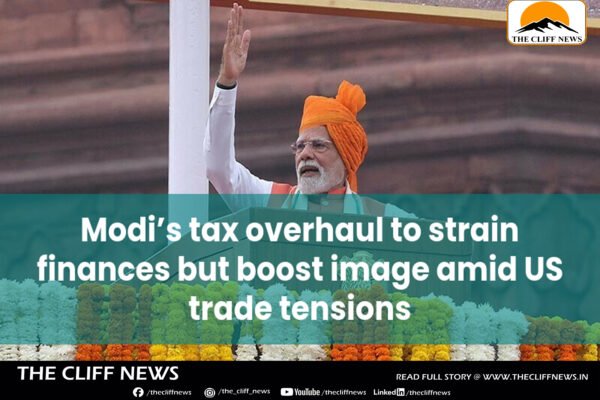ILJIN Electronics India Raises ₹1,200 Crore from ChrysCapital, InCred PE
ILJIN Electronics India Pvt Ltd, the electronics arm of Amber Group, has secured ₹1,200 crore in its first-ever external institutional funding round. The investment was led by ChrysCapital, which contributed ₹1,100 crore, while InCred Growth Partners Fund I (InCred PE) invested ₹100 crore. The funding, routed through separate definitive agreements, is subject to regulatory approvals. The capital will be deployed to scale operations, enhance manufacturing capabilities, and pursue strategic acquisitions, strengthening ILJIN’s leadership in the electronics space. The move aligns with India’s Aatmanirbhar Bharat vision and leverages government support under the Production Linked Incentive (PLI) scheme and Electronics Components Manufacturing Scheme (ECMS). ILJIN, a leading manufacturer of bare printed circuit boards (PCBs), PCB assemblies, and box build solutions, clocked ₹2,194 crore in revenues and ₹151 crore in operating EBITDA in FY25, achieving a 52% revenue CAGR from FY22 to FY25. Its product portfolio spans smartwatches, routers, solar inverters, EV charging systems, and energy storage solutions. Amber Group, which recently applied under ECMS for two projects worth ₹4,190 crore and announced acquisitions in battery energy storage and industrial automation, sees this investment as a growth catalyst. “This funding will empower us to pursue both organic expansion and strategic inorganic opportunities, reinforcing our leadership in PCB and EMS solutions,” said Jasbir Singh, Executive Chairman and CEO of Amber Group. With 31 manufacturing plants across India, Amber Group operates in three segments — consumer durables, electronics (EMS), and railway subsystems & defence.
